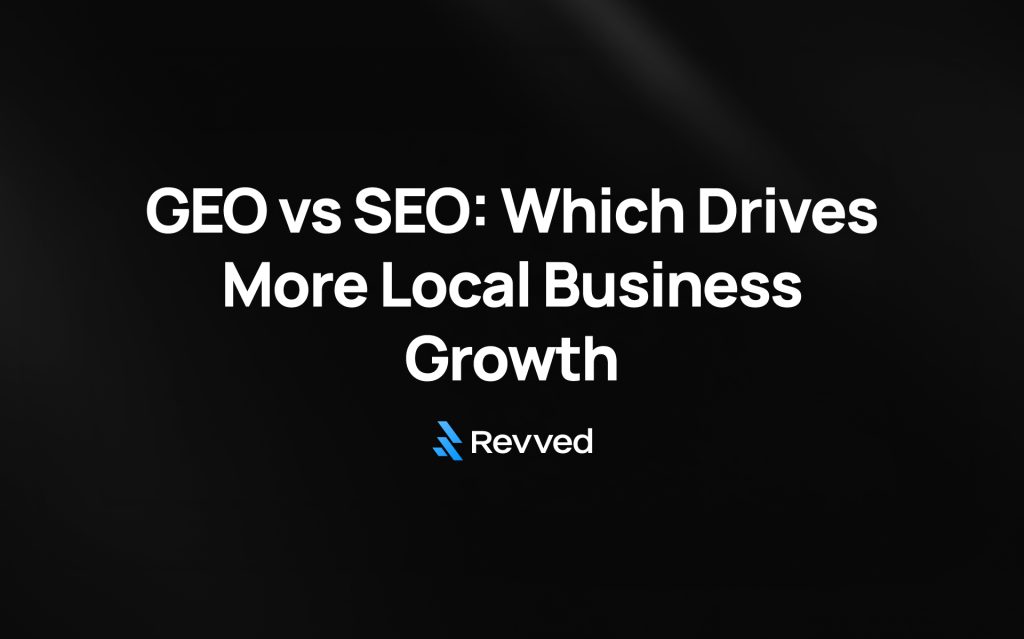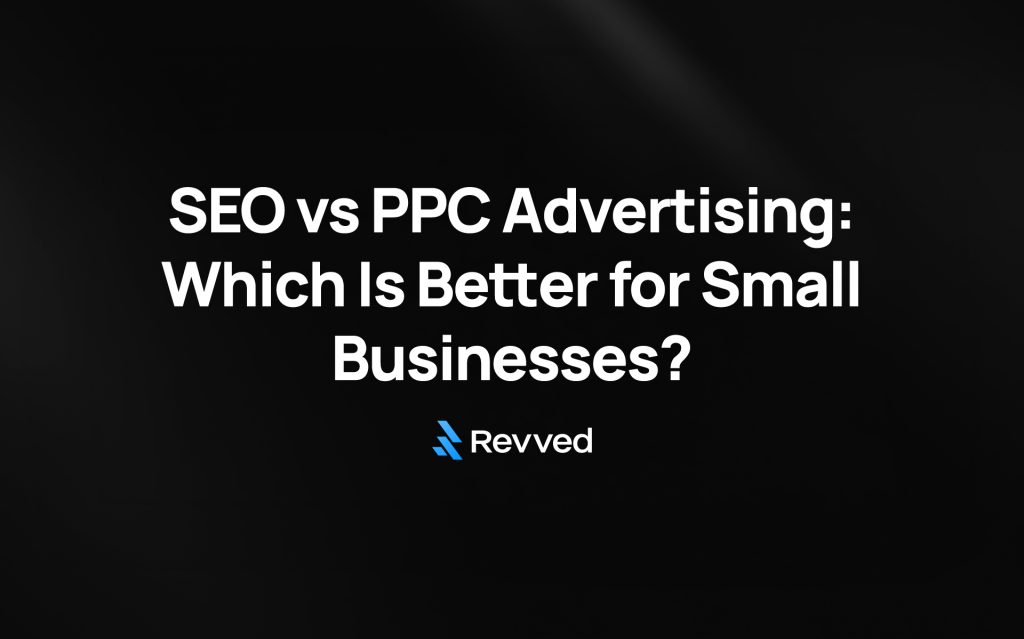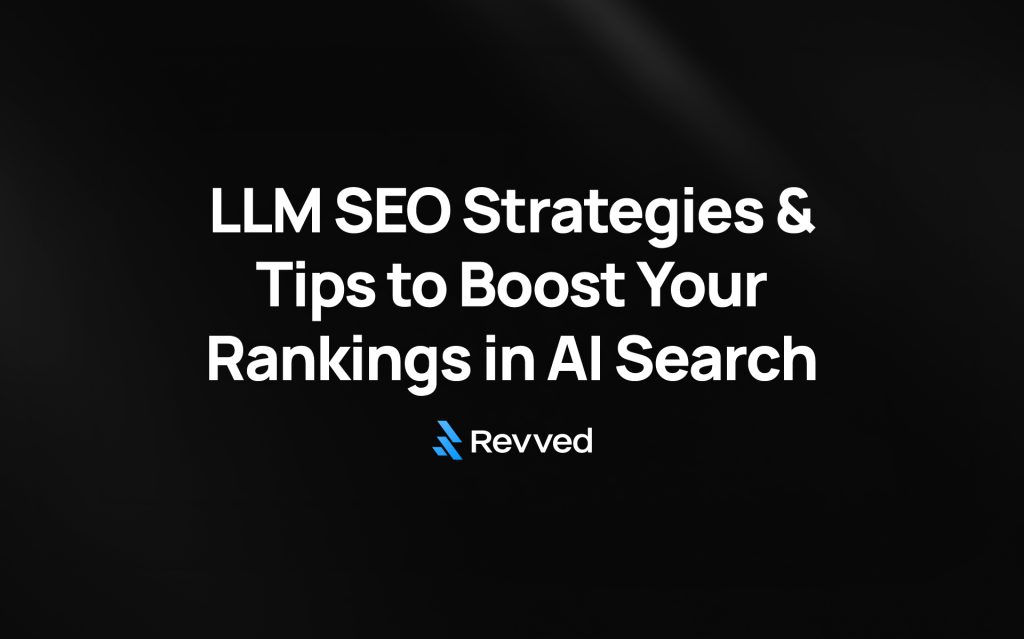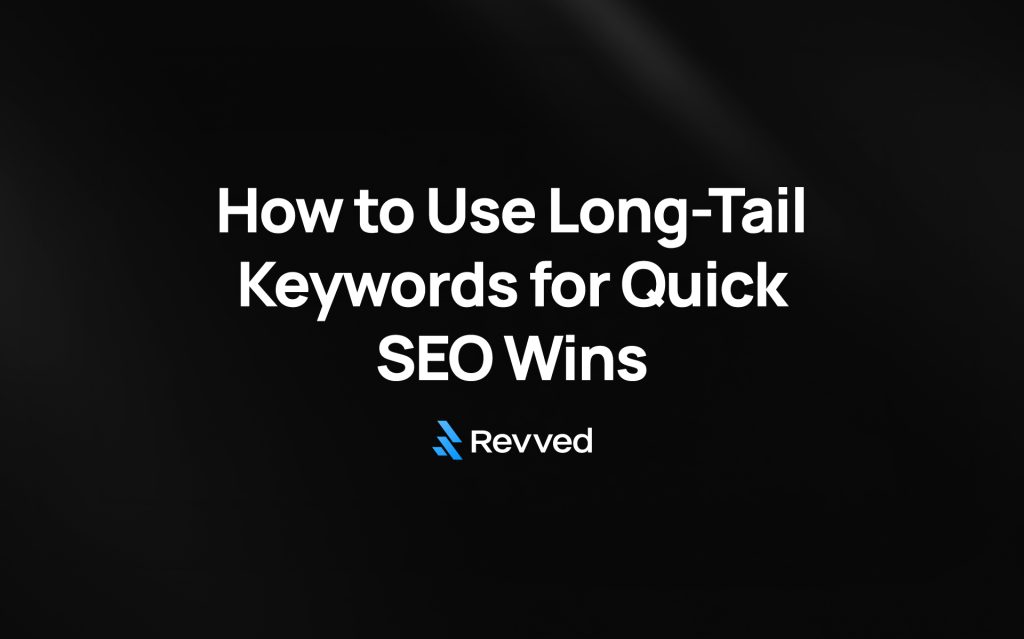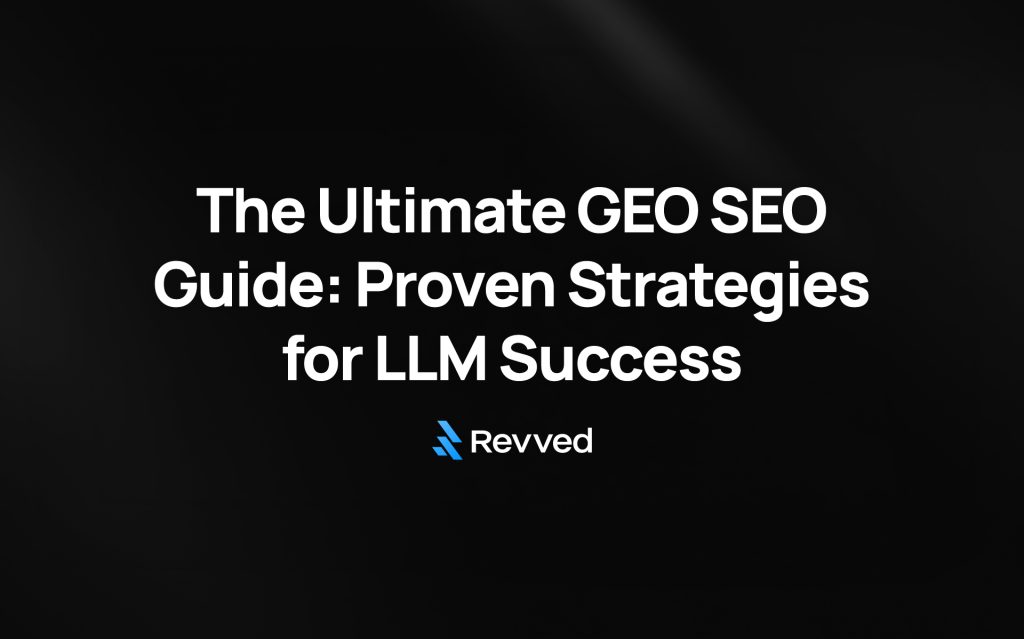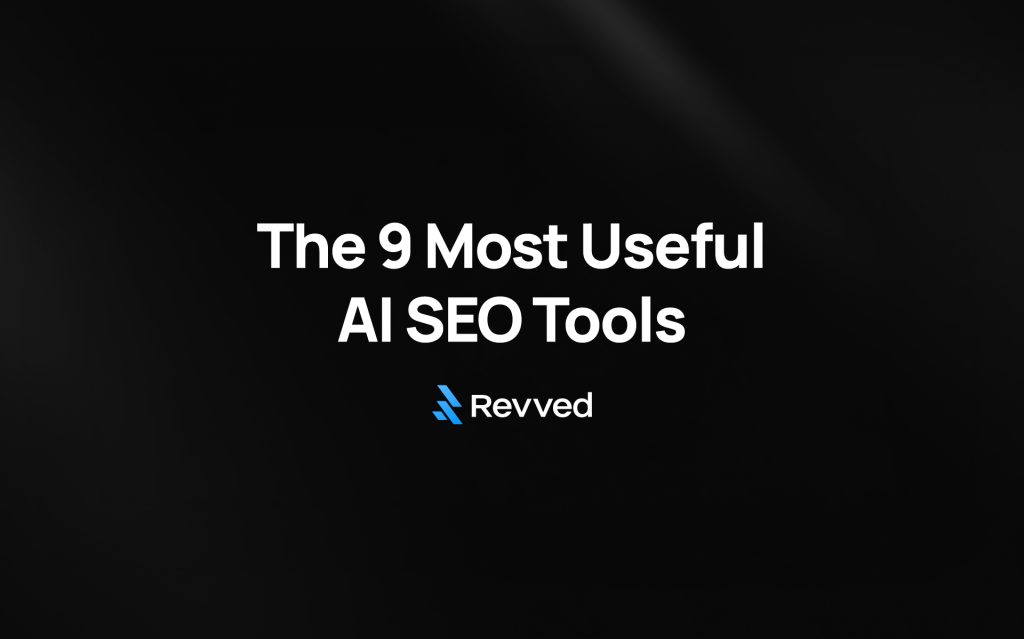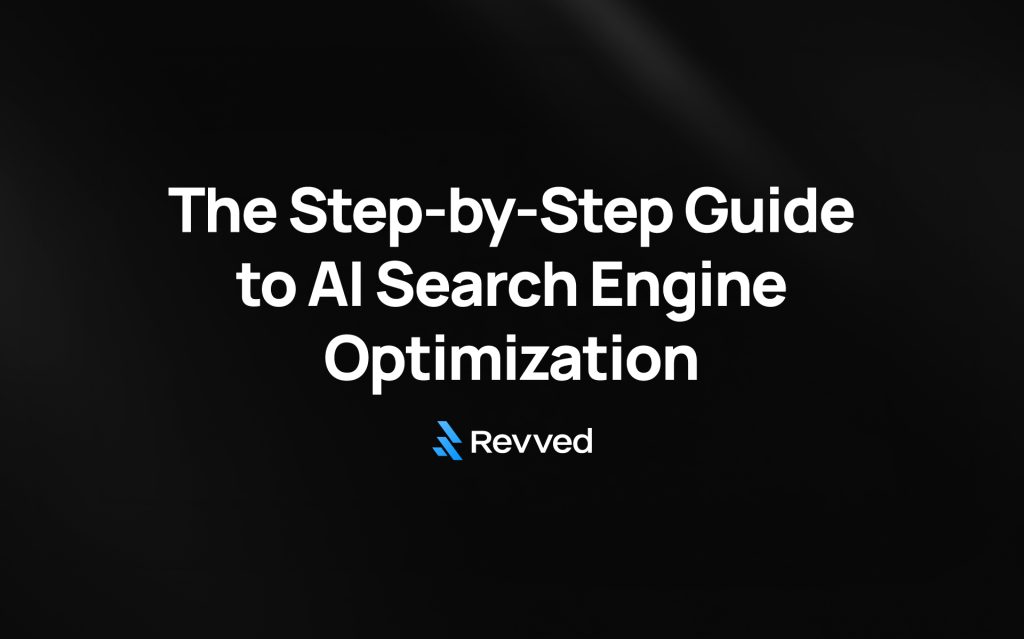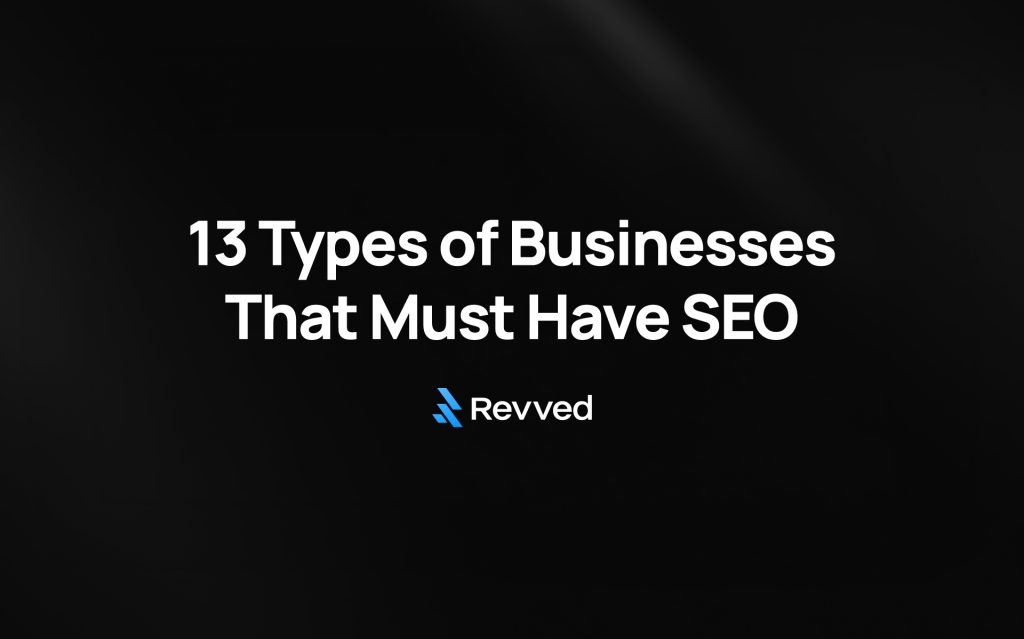Your local business’s online presence is changing faster because of generative engine optimization. Google commands five billion users while ChatGPT has grown to 200 million users. This shift has transformed the search landscape fundamentally. SEO experts worldwide now consider generative AI the biggest game-changer in traditional search engine optimization.
Search engine optimization has been the life-blood of digital visibility for decades. But what exactly is generative engine optimization (GEO)? Your business needs this strategy to appear on AI-powered search engines like ChatGPT and DeepStake. Traditional SEO differs from generative AI search engine optimization. GEO helps AI systems find your content and create single answers instead of link lists. Users trust these systems as advisors, which leads to fewer clicks but better conversion rates from AI interactions.
Your local business faces a crucial growth decision as we look toward 2025 and beyond. The choice between traditional SEO and the new GEO approach could affect your business’s online visibility and growth potential by a lot. You might be surprised by the answer – whether to stick with SEO, switch to GEO, or blend both approaches.
The Changing Search Landscape in 2025
The search world is changing dramatically as we head into 2025. Traditional search results—the familiar list of blue links—are making way for AI-generated answers that will revolutionize how people find local businesses online.
From 10 Blue Links to One AI Answer
We can see this change happening now. Google processes over 5 trillion searches annually, which means more than 13 billion searches every day. The way these results appear has changed completely. AI Overviews (formerly called Search Generative Experience) now show up in nearly 20% of all search results, up from just 7% in June last year. Business and technology searches see AI-powered answers in more than a third of their results pages.
What does this mean for visibility? Only 41% of US searches led to clicks in 2024. After removing clicks to Google-owned properties, just 360 out of every 1,000 searches reached the open web. This marks a big jump from 2022, when zero-click searches made up just 25% of all queries.
Google’s new AI Mode stands as the biggest change to its search interface since 1998. Unlike traditional search with multiple options, AI Mode blends information from various sources into conversational answers. Google’s CEO believes “Our early testing shows that we’ll be able to get [generative AI in search] right”.
Why Local Businesses Must Adapt to Generative Search
These changes matter a lot for local businesses. People looking for local services now often see AI-powered local results through Google’s Places module. A newer study shows that almost half of AI-generated results include this local Places module. Restaurant and travel searches lead the pack.
People’s search habits are changing faster too. Research shows 84% of consumers look up local businesses online daily, and 60% click on AI-generated overviews in Google Search. Local businesses need to adapt to generative search to stay visible.
The good news? Businesses that followed local SEO best practices are ready for this change. The basics stay the same—Google Business Profiles matter more than ever, with 53% of people unlikely to visit a business with wrong information.
Small websites might actually benefit from these changes. Citations in AI-generated answers could help them stand out. One study found only 20-26% overlap between AI Overview citations and top 10 search results. This means businesses can appear in AI answers even if they don’t rank high in traditional search.
Local businesses now need to optimize their content for AI-generated responses—a practice called generative engine optimization (GEO). This approach helps businesses provide clear, authoritative answers that AI systems can easily find and show to potential customers.
GEO vs SEO: Core Differences That Matter
Local businesses that want to maximize their online visibility in 2025 need to understand the core differences between traditional search engine optimization and generative engine optimization. These two approaches serve different search environments, so let’s get into what makes them fundamentally distinct.
Search Engine Output: Summary vs. Link List
GEO and SEO have a clear visible difference in what users see. Traditional search engines show a ranked list of links that users click through to websites. Generative AI search engines create detailed, blended answers from multiple sources. Users get information without visiting your website, which changes everything.
Users who search on platforms like ChatGPT or Perplexity receive a single multimodal result that summarizes information. This replaces the familiar “10 blue links” of traditional search. The way users interact with search results has changed completely, which affects how they end up finding your local business.

Enter your website below to start your proposal request!
Content Structure: Conversational vs. Keyword-Based
Traditional SEO focuses on keyword targeting and strategic placement. GEO needs a different approach that centers on conversational language and contextual relevance.
Traditional SEO content typically includes:
- Strategic keyword placement
- Optimized metadata and header tags
- Backlink opportunities
GEO-optimized content prioritizes:
- Natural, conversational phrasing
- Clear, well-laid-out answers to common questions
- Content that AI can easily extract and cite
Content structure needs a complete rethink. Success in GEO comes from creating content that addresses user intent in a conversational format. AI systems should easily understand and reference this content.
Ranking Logic: Contextual Relevance vs. Keyword Density
The technical differences in content evaluation create the biggest change. SEO ranking has historically relied on keyword usage, though it now includes many other factors. Research analyzing 1,536 Google search results shows no consistent correlation between keyword density and ranking. Top 10 results average just 0.04% keyword density.
GEO puts contextual understanding and information extraction capability first. Generative search algorithms don’t just match keywords – they understand context, entities, and relationships between concepts. Success depends on creating content with semantic richness, structured data, and clear entity relationships. AI systems need to understand both your topics and how concepts connect.
At Revved Digital, we’ve developed agentic SEO techniques that optimize for both traditional search and generative AI platforms. Your local business stays visible whatever way customers search.
Which Drives More Local Growth? GEO or SEO?
Local businesses face a critical decision in 2025: invest in traditional SEO, emerging GEO, or both? The information reveals surprising insights about which approach propels development.
Lead Generation Potential: GEO vs SEO
Lead generation ended up determining success for local businesses. Traditional SEO drives more raw traffic volume, yet GEO often delivers higher-quality leads. At the time someone searches “best plumber in Portland,” traditional SEO might get your website on page one, yet GEO wants to make you the answer in AI-generated results.
Research shows that businesses using location-specific SEO experience a 2.5x higher click-through rate compared to general SEO strategies. This translates to more qualified leads for local businesses. GEO-optimized pages can attract high-intent customers who receive your business as a direct recommendation from AI search tools.
Click-Through Rates and Conversion Trends
The information presents an interesting paradox. GEO may reduce overall website traffic as users get information directly in AI responses, yet it often produces higher conversion rates. This happens because the detailed summary gives searchers exactly what they need.
Traditional SEO rewards well-laid-out pages with more traffic by ranking your website pages higher to encourage clicks. GEO success looks different—it’s measured through:
- Branded search volume increases (users saw you in AI results and Googled your business directly)
- Mentions in AI-generated responses
- Direct traffic increases
- Leads citing search visibility even without visiting your page
Real-Life Examples of Local GEO Success
Several businesses have already showed impressive results with GEO strategies:
A boutique fitness studio in Miami increased memberships by 35% in one quarter by optimizing for “personal training Miami Brickell” in a GEO-friendly format.
A small bakery in Portland saw a 60% boost in online cake orders after geo-targeting neighborhood-focused keywords like “wedding cakes SE Portland”.
A plumbing company grew phone asks by 40% just by setting up their Google Business Profile and targeting “emergency plumber near me” queries.
Both approaches give distinct advantages. Traditional SEO builds the foundation that makes your content discoverable, and GEO helps make that content usable by AI. As one expert notes, “Think of SEO as the engine, and GEO as the GPS that gets you where visibility happens”. These results show many local businesses finding success with a balanced approach. Contact us to talk about GEO and local SEO today to develop a strategy that uses both to maximize local growth.
How to Optimize for GEO Without Losing SEO
Local business optimization needs a strategic balance between generative AI and traditional search techniques. Revved Digital’s largest longitudinal study shows that good GEO builds on your SEO foundation rather than replacing it.
Rewriting Content for AI Comprehension
AI systems read content differently than humans do. Your content becomes more AI-friendly when you focus on clarity and structure. Clear headings and concise paragraphs help organize information effectively. AI models prefer content that follows an “inverted pyramid” structure. This means putting crucial information first and supporting details later.
Human readers benefit from this approach too. Here’s what you should think over when rewriting content:
- Short, direct statements work better than complex sentences
- Logical sections with descriptive headings make content easy to follow
- TL;DR summaries help readers grasp complex topics quickly
Using Natural Language and Local Context
Conversational language that matches how people talk makes content more effective for generative AI. This lines up with AI’s natural language processing capabilities. These systems analyze contextual relevance instead of just counting keywords.
Local businesses should use location-specific terms and address regional issues. This creates context that helps AI understand local search relevance. To name just one example, see how a Miami roofer might discuss hurricane preparedness, while a Denver roofer focuses on snow damage prevention.
Search engine algorithms now analyze word relationships, themes, and context deeply. They determine content’s relevance by looking at connections between entities—people, places, concepts—in your content.
Adding Schema, FAQs, and Entity Mentions
Search engines and AI systems understand your content better with structured data’s explicit clues. Schema markup can improve your chances of appearing in rich results by up to 30%.
FAQ schema proves particularly valuable for GEO. AI can easily extract answers from this question-answer format. Here’s how you can implement it:
- List questions your customers ask frequently
- Write clear answers (2-5 sentences)
- Add JSON-LD structured data to your page
The content becomes more meaningful when you mention relevant entities (people, places, products, concepts). AI systems recognize these connections better. This recognition helps AI categorize and retrieve information more accurately when answering related queries.
These techniques help your local business stand out in traditional search results and AI-generated responses.
Future-Proofing Your Local Strategy with GEO + SEO
The digital world keeps changing. Local businesses that combine generative engine optimization with traditional SEO create the strongest visibility strategy. This integrated approach will give your business the best chance to be found, whatever way potential customers look for your services.
Why GEO Complements, Not Replaces, SEO
GEO and SEO work best as partners rather than rivals. Traditional SEO builds site authority, technical foundations, and keyword relevance. GEO expands your visibility into AI-generated responses that now dominate search interfaces.
Semrush research shows that local businesses using both strategies achieve much better results than those focusing on just one. SEO builds the authority that makes AI systems cite your content. GEO structures your business information perfectly so AI systems can extract and display it easily.
Tools to Monitor GEO Visibility (e.g., AI Search Grader)
Several tools now track how your business performs in AI-generated results:
- HubSpot’s AI Search Grader: This free tool assesses your brand’s visibility across ChatGPT, Perplexity, and Gemini. It scores based on brand sentiment and share of voice.
- Mangools AI Search Grader: It gives an explanation of visibility across six different AI models including OpenAI’s ChatGPT, DeepSeek V3, and Claude.
- Writesonic AI Visibility Tracker: Works like “Ahrefs for AI Search”. It monitors brand mentions, sentiment, and share of voice across thousands of AI queries.
These tools show how AI platforms talk about your business. You can spot optimization opportunities that regular analytics might miss.
How Revved Digital Uses Agentic SEO for Local Clients
Revved Digital’s unique “agentic SEO” approach helps local businesses thrive in this hybrid search environment. Our system puts your business “front and center on Google, boosting your visibility in Maps, the local 3-pack, and organic search”.
We don’t overcomplicate SEO like other agencies. Instead, we use artificial intelligence to analyze your website just as Google and AI crawlers do. We look at data, behavior patterns, and proven results. Our focus stays on what matters most – content that feels natural, loads fast, sounds human, and guides visitors clearly.
Without doubt, businesses that optimize for both traditional search engines and AI platforms will lead the future. Contact us to talk about GEO and local SEO today and learn how our agentic approach can help your local business grow in this evolving search landscape.
Comparison Table
| Aspect | Traditional SEO | Generative Engine Optimization (GEO) |
|---|---|---|
| Search Results Display | List of multiple links (“10 blue links”) | Single detailed AI-generated answer |
| User Interaction | Users click through to websites | Users often get information without visiting websites |
| Content Structure | – Strategic keyword placement – Optimized metadata – Header tags – Backlink focus | – Natural, conversational phrasing – Clear, structured answers – Easily extractable content – Content AI can cite |
| Ranking Logic | Keyword density and traditional ranking factors | Contextual understanding and entity relationships |
| Traffic Characteristics | Higher raw traffic volume | Lower traffic but quality-focused prospects |
| Conversion Effect | Traditional click-through metrics | Higher conversion rates from direct recommendations |
| Content Optimization | Keyword-focused optimization | AI comprehension and natural language focus |
| Local Business Effect | 2.5x higher CTR with location-specific optimization | Direct AI recommendations for local queries |
| Key Success Metrics | – Page rankings – Click-through rates – Website traffic | – Branded search volume – AI response mentions – Direct traffic – Leads without page visits |
| Platform Reach | Google (5 billion users) | AI platforms like ChatGPT (200 million users) |
Conclusion
The rise from traditional SEO to generative engine optimization marks the biggest change in digital marketing since Google began. Local businesses trying to improve their online presence can benefit from both approaches, as we’ve analyzed in this piece.
Traditional SEO still brings huge traffic volumes. GEO produces qualified leads that are more likely to convert. Data shows local businesses get the best results by using both strategies together instead of picking just one. This approach will give a strong presence whether customers use regular search engines or AI platforms.
AI-generated answers are changing how users find local businesses online. Zero-click searches now represent over 40% of all queries. This change creates fresh opportunities for businesses ready to adapt their content strategy.
AI Search Grader helps you track your GEO visibility on multiple AI platforms. You’ll gain valuable insights into how these systems showcase your business to potential customers. This tracking works alongside traditional SEO analytics to give you a complete view of your digital presence.
Success in 2025 will definitely need both approaches. Traditional SEO creates the foundation that makes your content findable, while GEO helps AI systems extract and present your information easily. These strategies work together to maximize your local business growth.
Starting this dual approach now puts you ahead of competitors who focus only on traditional methods. Revved Digital’s agentic SEO techniques address this need by analyzing your website the way both Google and AI crawlers do—through data, behavior patterns, and proven results.
The real question isn’t choosing between GEO or SEO, but how well you can use both strategies to grow your local business. Contact us to talk about GEO and local SEO today and find out how our expert team can position your business to stay visible in this fast-changing search world.
FAQs
What is the main difference between GEO and SEO?
GEO focuses on optimizing content for AI-generated answers, while SEO targets traditional search engine rankings. GEO emphasizes conversational language and clear, structured answers, whereas SEO relies more on keyword optimization and backlinks.
How does GEO impact local business visibility?
GEO can significantly boost local business visibility by increasing the chances of appearing in AI-generated responses for local queries. This can lead to more direct recommendations and higher-quality leads, even if overall website traffic decreases.
Is traditional SEO still important in 2025?
Yes, traditional SEO remains crucial. It builds the foundation for online visibility and establishes site authority. A balanced approach combining both SEO and GEO strategies typically yields the best results for local businesses.
How can businesses optimize for both GEO and SEO?
To optimize for both, focus on creating clear, structured content with natural language, implement schema markup, especially FAQ schema, and ensure your Google Business Profile is accurate and complete. Also, incorporate location-specific terminology and address regional concerns in your content.
What tools can help monitor GEO performance?
Several tools are available to track GEO performance, including HubSpot’s AI Search Grader, Mangools AI Search Grader, and Writesonic AI Visibility Tracker. These tools help assess your brand’s visibility across various AI platforms and provide insights on optimization opportunities.



